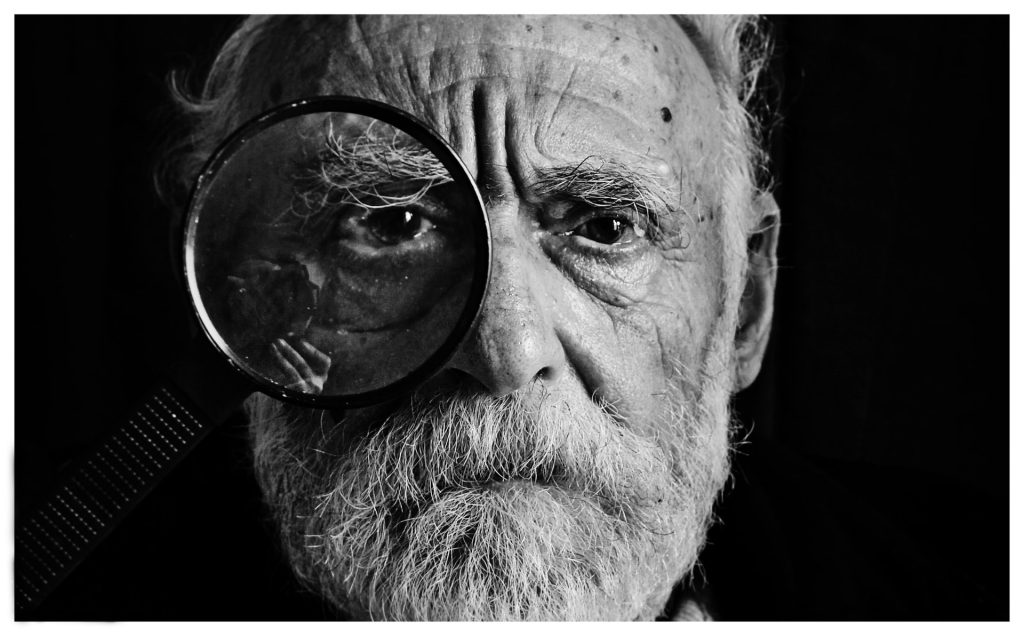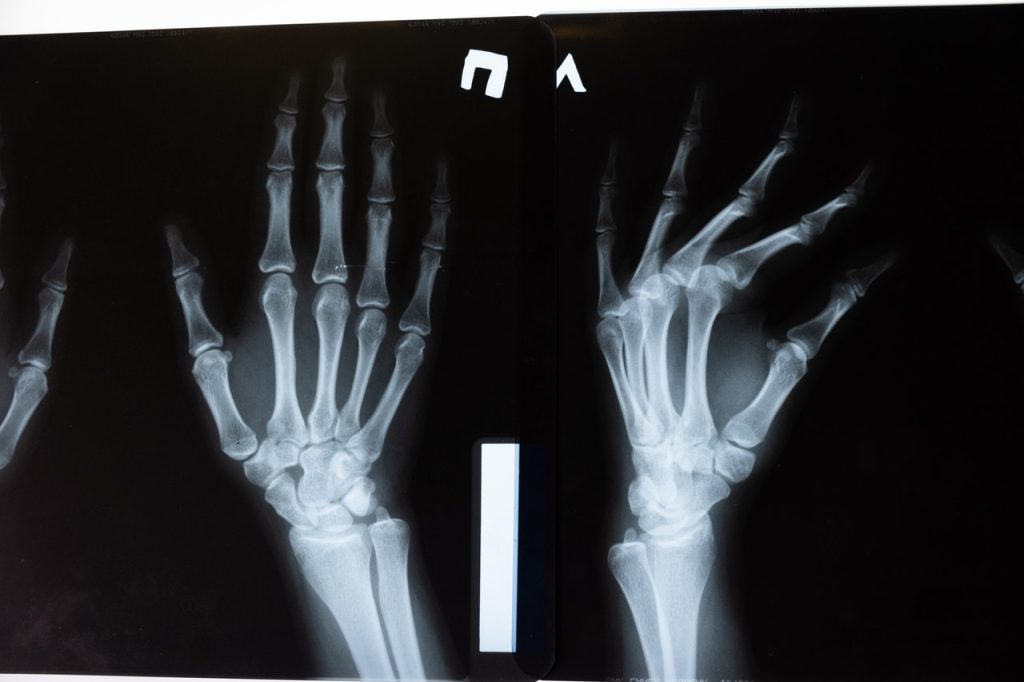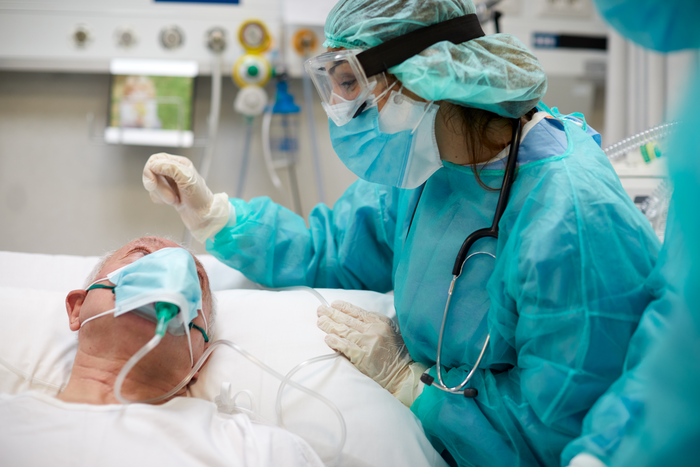How Many Intervention Sessions to Prevent Cognitive Decline?

Physical activity, diet and cognitive stimulation are all known to be good interventions for the prevention of Alzheimer’s disease and dementia. Now an international team of researchers has determined that only about a dozen intervention sessions are all that were needed to observe an improvement in cognition.
Until now, the number of sessions or “doses” needed for optimal effect has been unknown. Published in Alzheimer’s & Dementia: The Journal of the Alzheimer’s Association, the study led by Université de Montréal psychology professor Sylvie Belleville showed that between 12 and 14 sessions were all that were needed to boost cognitive ability, though the gain observed levelled off with more sessions.
“In pharmacological studies, every effort is made to define an optimal treatment dose needed to observe the expected effects, “ said Prof Belleville, a neuropsychologist and researcher at the research centre of the UdeM-affiliated Institut universitaire de gériatrie de Montréal. “This is rarely done in non-pharmacological studies, especially those on the prevention of cognitive decline, where little information is available to identify this dose.
“Defining an optimal number of treatment sessions is therefore crucial.,” she continued. “Indeed, proposing too few sessions will produce no noticeable improvement effects, but too many sessions is also undesirable as these interventions are costly. They are costly both for the individual who follows the treatments, in terms of time and involvement, and for the organisation offering these treatments.”
The study is based on a secondary analysis of data from the three-year Multidomain Alzheimer Preventive Trial (MAPT) and examined 749 participants who received a range of interventions aimed at preventing cognitive decline. These interventions included dietary advice, physical activity and cognitive stimulation.
In their research, Prof Belleville’s team noted that people’s individuality should be considered when determining the optimal treatment dose.
In their study, the researchers gauged the effects of the sessions in terms of each participant’s age, gender, education level, and cognitive and physical condition. The relationship between the “dose” each received and their cognitive improvement was then analysed.
The findings revealed an increase with dose followed by a plateau effect after 12 to 14 sessions. However, participants with lower levels of education or more risk factors for frailty did benefit from more sessions.
The researchers concluded that it’s important to pinpoint an optimal dose and to customise the treatment for each individual. Not only is “dosage” an important component of behavioural interventions, it can also provide valuable information in resource-constrained settings, helping public-health agencies develop effective prevention programs and offer guidance to older adults and clinicians.
Source: University of Montreal





